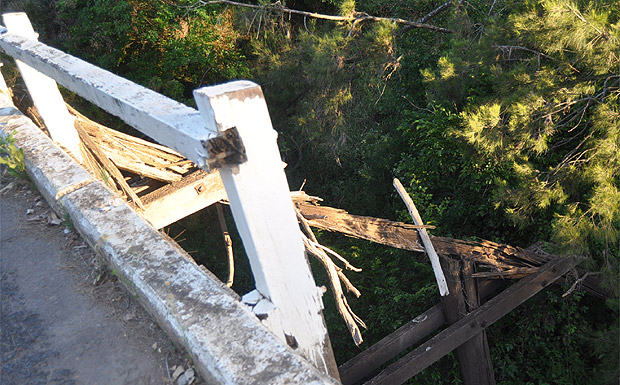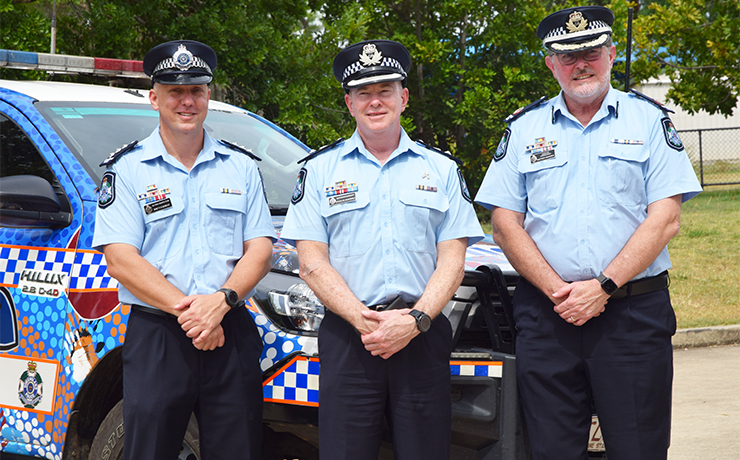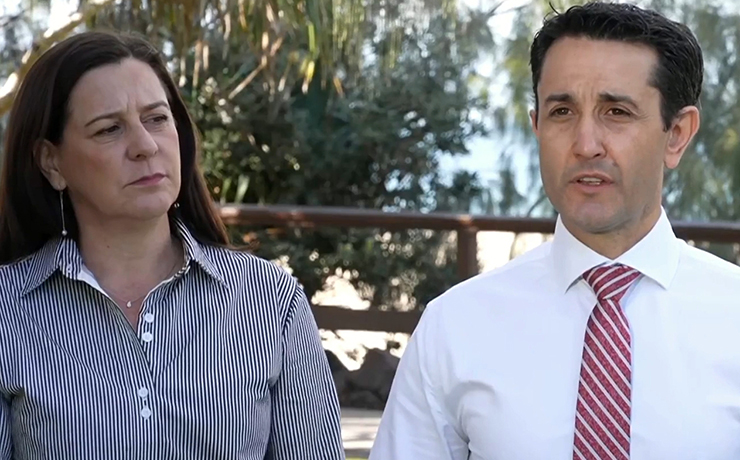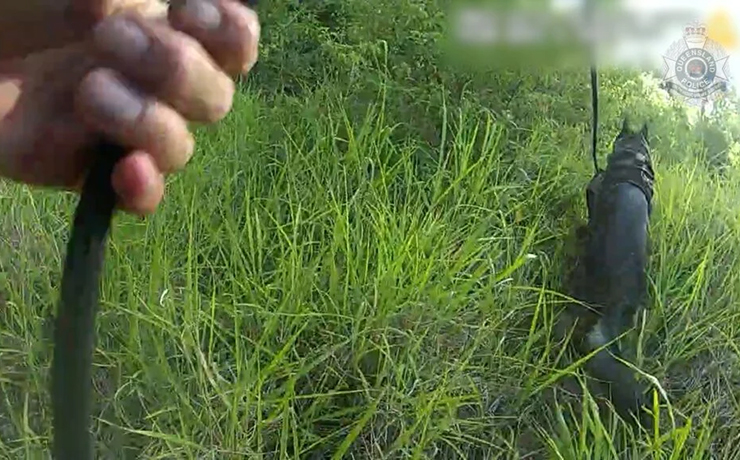

December 18, 2013
A decision to post load limits on six of the region’s timber bridges provoked heated debate at today’s South Burnett Regional Council meeting.
The motion was tabled after Council engineers received a report on the structural adequacy of the Shire’s wooden bridges.
The report disclosed that nine of them were no longer capable of catering for heavy vehicles weighing up to 42.5 tonnes.
Councillors were told the Shire’s timber bridge network is aging and – in some cases – had exceeded its useful life at current service levels.
Some bridge components have failed or are in the process of failing, officers said, and lives and property would be put at risk if load limits or other restrictions weren’t put in place immediately.
Officers recommended the following load limits be introduced:
- Stonelands Road– 30 tonnes
- Gayndah-Hivesville Road (Horse Gully bridge) – 30 tonnes
- Webbers Bridge Road– 20 tonnes
- Kings Bridge Road– 15 tonnes
- Campbells Road– 10 tonnes
- Home Creek Loop Road – 10 tonnes
They also recommended three dual-lane bridges be reduced to single lanes:
- Kumbia Brooklands Road
- Silverleaf Road (Marshlands bridge)
- Weens Road
Officers also recommended a side track be maintained on Stonelands Road for vehicles in excess of 30 tonnes.
The motion led to extensive discussion in the Council Chambers.
Cr Kathy Duff said she was particularly concerned about the effect a 10 tonne load limit would have on farmers who used the Campbells Road bridge.
She’d conducted extensive consultations with farmers who used the bridge, she said, and many had told her they needed a 15 tonne limit to allow them to move agricultural machinery across it.
She asked if Council engineers had any costings for upgrading the bridge to safely carry 15 tonne loads?
Infrastructure General Manager Russell Hood said he only had costings for completely restoring the bridge, and that would be around $600,000.
Cr Barry Green asked if a side track would be an alternative solution.
Mr Hood said building a side track would need a concrete causeway at a cost of $200,000 to $250,000. And sealing the access road for a side track would probably double this.
He added that if farmers in the area were unable to use the Campbells Road bridge, they could use a different road to move heavy equipment, though this would entail travelling much greater distances.
“Either way, we haven’t got the money at the moment (to either replace the bridge or build a sidetrack),” Mayor Kratzmann said.
Cr Damien Tessmann said he knew the load limits would be unpopular but didn’t think Council had any choice.
“Now that we’ve been told about this problem, we’d be legally liable if we don’t take immediate action,” he said.
Cr Duff said the economic viability of the farming community that used the bridges needed to be considered, too.
“Many of these farms are struggling to get back on their feet after being badly hit by two floods in three years,” she said.
Mr Hood then suggested a possible compromise might be for Council to post the load limits immediately – but temporarily – while officers looked into the cost of taking up Cr Duff’s suggestion of reinforcing Campbell’s Road bridge to a 15 tonne limit.
He estimated that obtaining revised costings would probably take two months.
Cr Ros Heit said she agreed with both Cr Duff and Mr Hood but thought amending the motion to make the limits temporary while further investigations took place was a good idea.
Cr Damien Tessmann thought the same and moved the amendment, which Cr Heit seconded.
Cr Barry Green said he sympathised with Cr Duff’s position but said public safety had to be the first consideration.
However he thought the amendment was a sensible one and after a vote it was passed unanimously.






















